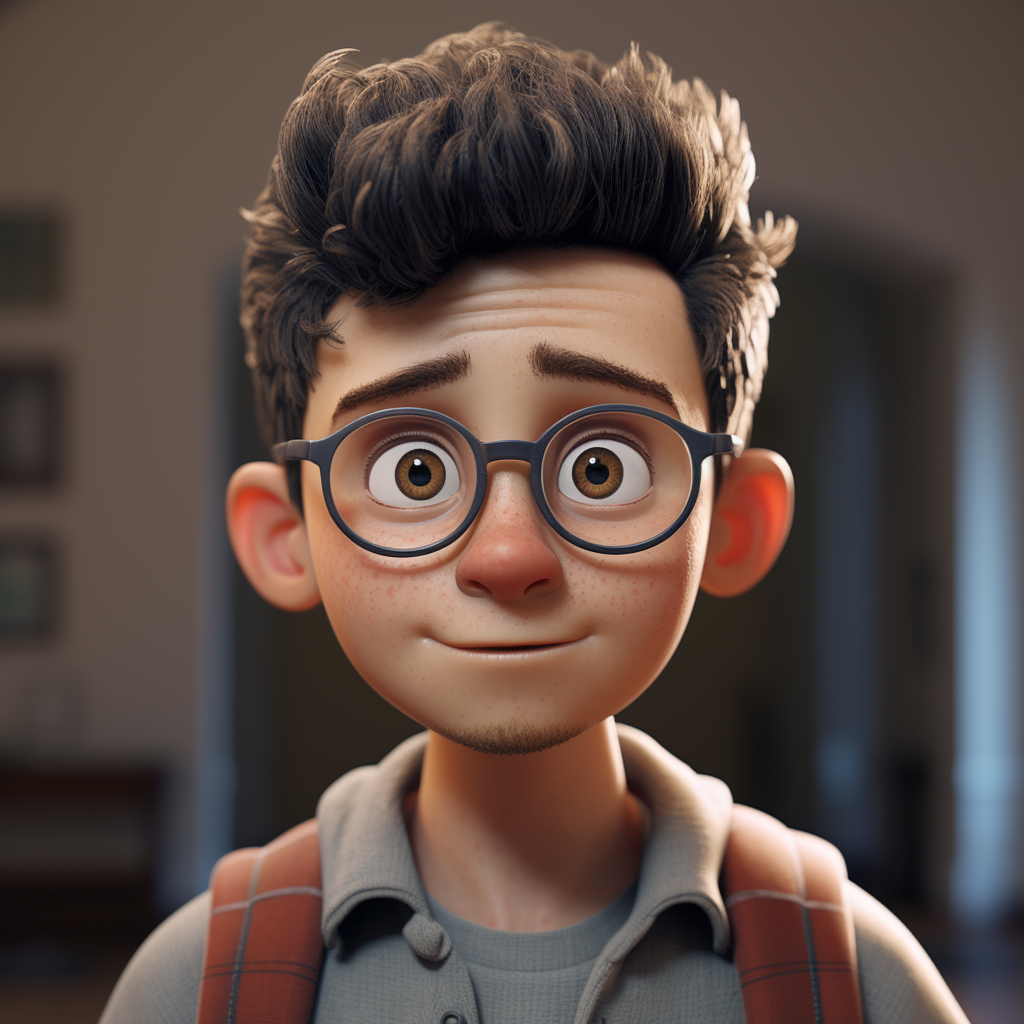Our Blog

Exploring 3D Animation Techniques: From Basics to Advanced
The world of 3D animation is a dynamic and ever-evolving field, combining artistry with cutting-edge technology. From simple models to intricate scenes that breathe life into digital narratives, the techniques used in 3D animation are diverse and complex. In this concise guide, we delve into the fundamental and advanced techniques that form the backbone of 3D animation, offering insights for both aspiring animators and seasoned professionals.
Modeling – The Foundation:
3D animation starts with modeling, the process of creating the 3D objects within a scene. Whether it’s characters, landscapes, or everyday objects, modeling is the first step in bringing concepts to digital life. Techniques vary from simple polygonal modeling to more advanced sculpting, which allows for detailed and realistic textures.
Texturing – Adding Realism:
Texturing follows modeling and involves wrapping the 3D models in 2D images, giving them color and texture. This step is crucial for realism, as it adds the visual details that make surfaces appear lifelike, from the roughness of a rock to the smoothness of silk.
Rigging – The Puppeteering of Models:
Rigging is where models are given skeletons. This process involves creating a series of bones that animators can manipulate to move the models. In character animation, rigging is essential for creating realistic and expressive movements.
Animation – Bringing Models to Life:
The heart of the process is animation. This involves the movement of objects in a scene. Keyframe animation is a fundamental technique where animators define crucial points of movement. Advanced methods like motion capture bring a higher level of realism, capturing human movement for digital characters.
Lighting – Setting the Mood:
Lighting in 3D animation is akin to lighting in photography or cinema. It involves strategically placing light sources within a scene to set the mood, highlight important elements, and add depth.
Rendering – The Final Touch:
Rendering is the process of generating the final image from all the prepared components. This can be a time-consuming process, as it involves computing light, color, texture, and shadow to create the final shot.
